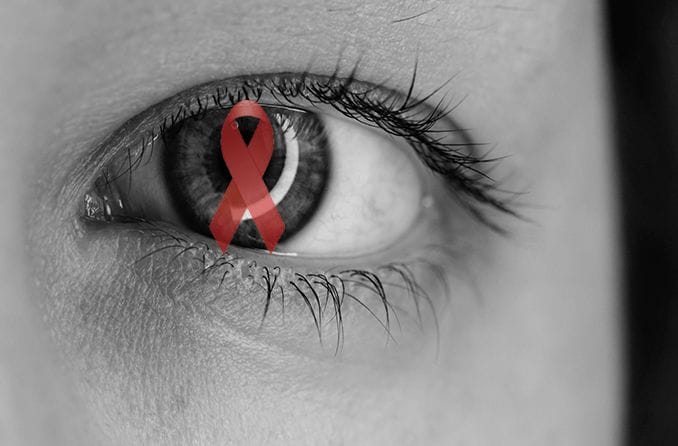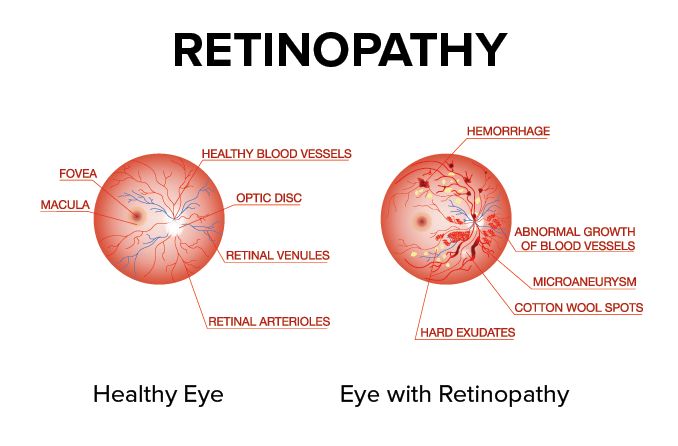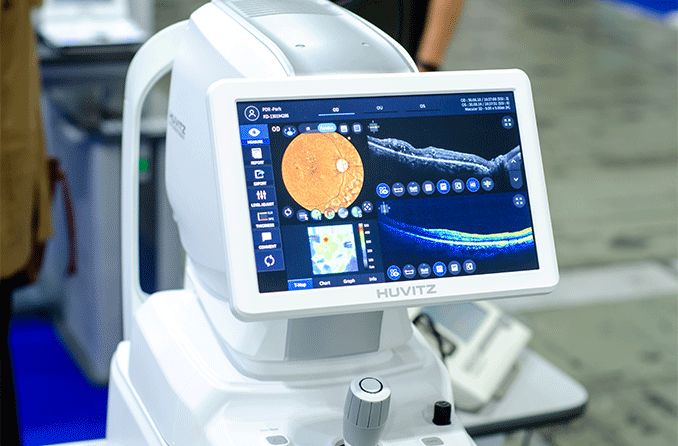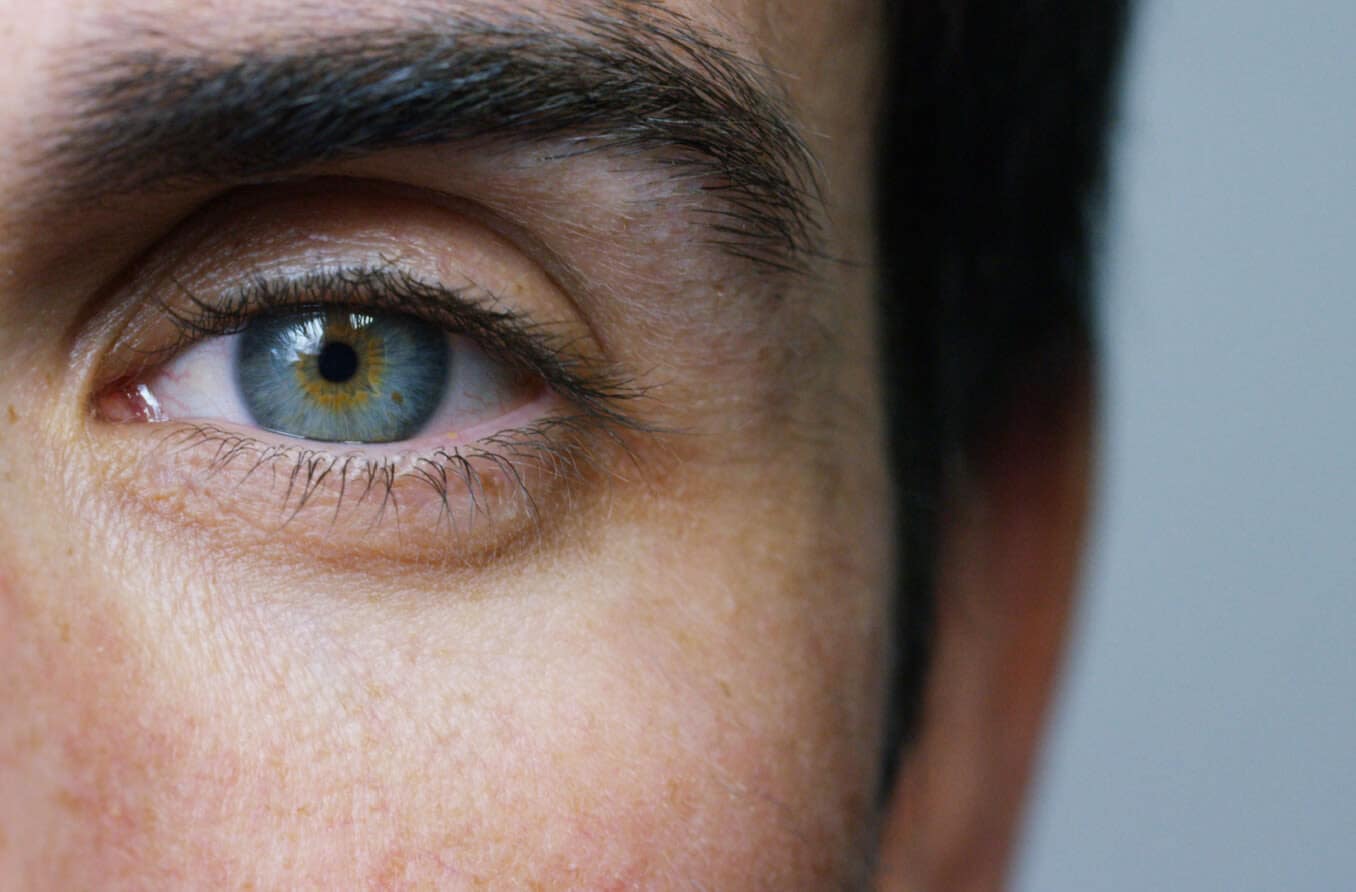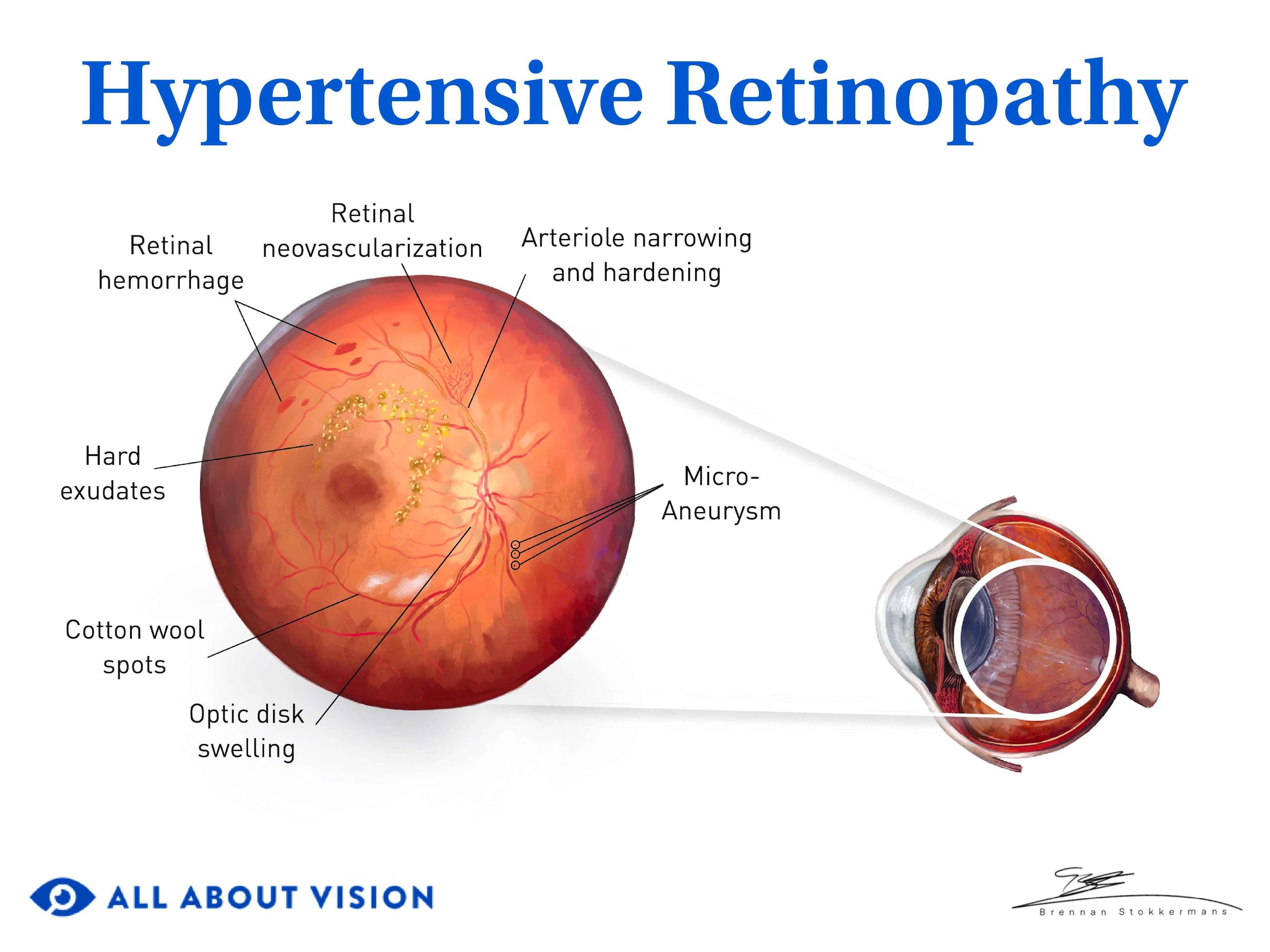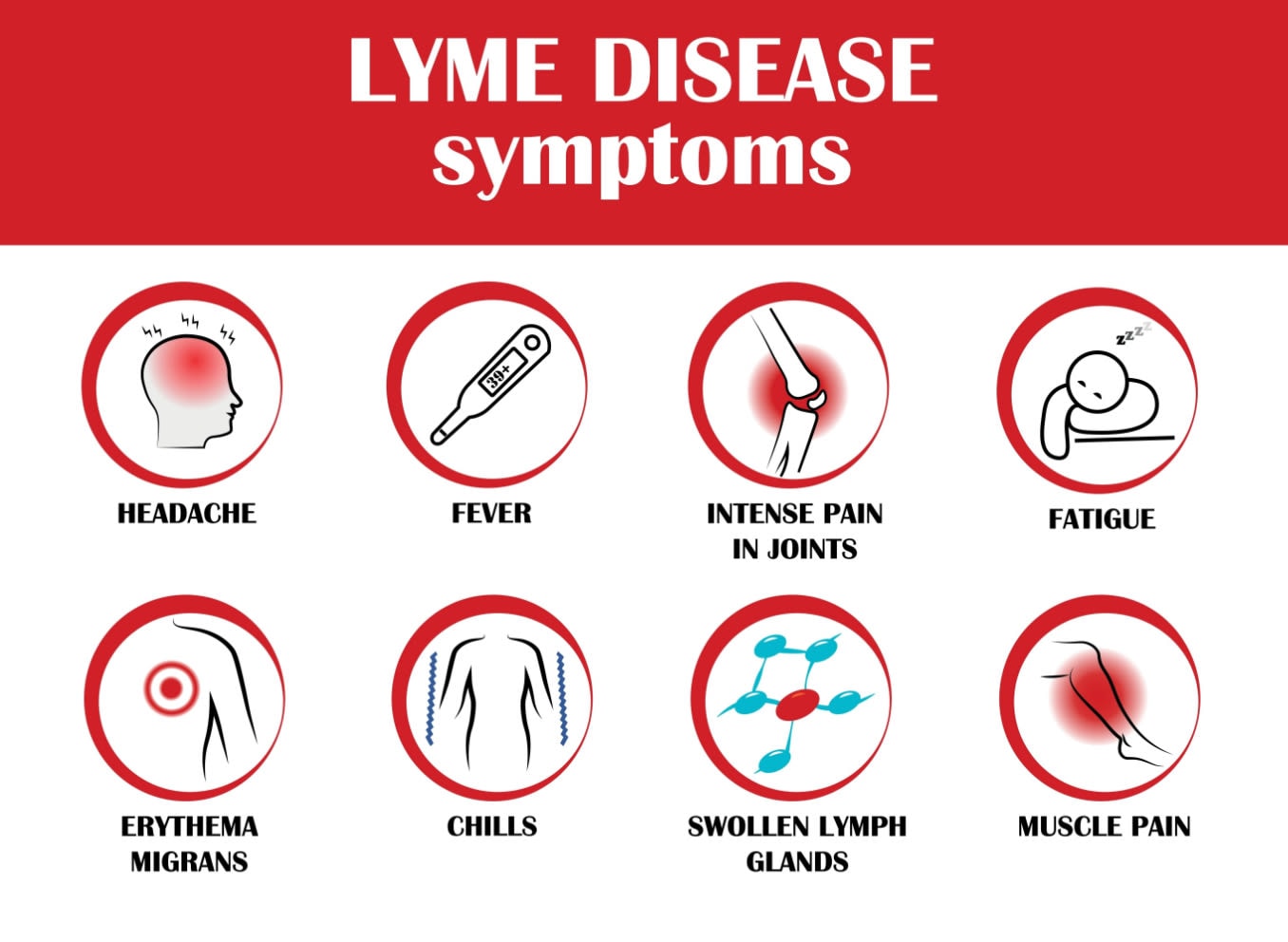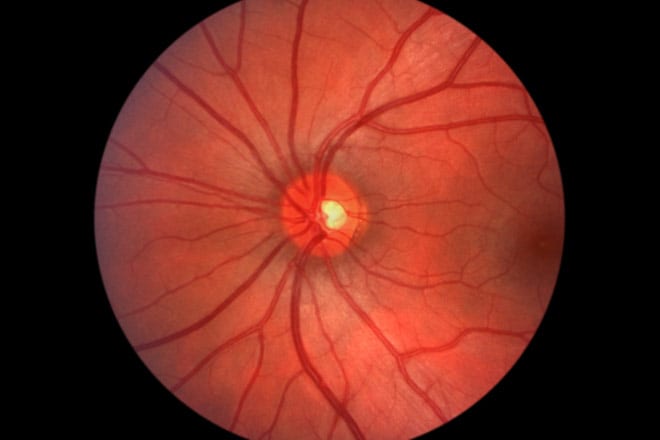Can HIV affect your eyes?
An HIV infection can affect your eyes in several ways. It can lead to eye problems caused by an infection, inflammation or another health condition related to HIV. Most types of HIV eye problems involve the retina, but they can affect many parts of the eye.
Between half and three-quarters of people living with HIV experience at least one related eye problem during their lives.
Some of these conditions can affect your vision. With early diagnosis and treatment, eye doctors can help preserve your eyesight.
What is HIV retinopathy?
HIV retinopathy is blood vessel damage in your retina that's caused by HIV in some way.
The retina is a thin layer of cells in the back of your eye that reacts to light and lets you see.
Its blood vessels keep the retina nourished and healthy. If they're damaged, it can cause eyesight changes or vision loss.
What causes HIV retinopathy?
Several conditions can cause retinopathy in HIV. Many of them are related to other infections someone who has HIV may be more vulnerable to. But the most common cause is HIV microvasculopathy (mai-krow-vass-kyu-LOP-uh-thee).
HIV microvasculopathy
Retinal microvasculopathy is when there are changes to the tiny blood vessels in your retina. It usually doesn't cause noticeable vision symptoms, but it may raise your risk for other eye problems later on.
In HIV microvasculopathy, the changes in the retina are a direct result of HIV being present in the body. This makes it a distinct condition from the other types of retinopathy that can happen with HIV.
Even so, some doctors use "HIV retinopathy" as another term for HIV microvasculopathy.
The signs can include:
Cotton wool spots – Small, cloudy patches on the retina
Intraretinal hemorrhages – Bleeding into the retina tissue
Microaneurysms – Swollen blood vessels that may leak blood in your eye
Telangiectasia – Widened blood vessels in the retina
HIV microvasculopathy is the most common eye-related condition caused by an HIV infection.
Between 40% and 60% of people with HIV have signs of microvasculopathy, but most of them don't notice any symptoms. It usually doesn't need to be treated.
Infections
Microorganisms (like viruses) that rarely cause problems in someone with a healthy immune system can lead to other issues if your immune system is weakened.
Some of these infections are more common when the immune system is very weak, like it is during AIDS (the advanced stage of an HIV infection). This is why doctors call them opportunistic infections.
These microorganisms can cause HIV-related eye infections in the retina and other parts of the eye:
Viruses
Bacteria
Fungi
Parasites
One organism that can cause retinopathy is a widespread virus called cytomegalovirus (CMV).
Most people have been infected with CMV by age 40, but when the immune system is weakened, the infection can damage the retina. This is known as CMV retinitis. It's a serious condition that needs to be treated by an eye doctor.
This condition is common in people with advanced HIV infections, but modern HIV treatment has reduced the risk of CMV retinitis by as much as 80%.
Retinal occlusions
While microvasculopathy affects small blood vessels, retinal occlusions involve bigger veins and arteries in your retina. Occlusion is the medical word for “blockage.”
HIV doesn't cause occlusions very often. When they do occur, the blockages can cause eyesight changes or vision loss, which may be permanent.
Some occlusions are the result of a viral eye infection.
What are the signs or symptoms of HIV retinopathy?
HIV retinopathy symptoms depend on what's causing them. Some conditions may not cause any noticeable eye or vision symptoms.
An eye doctor can see the signs of HIV retinopathy during a routine eye exam, even if you don't feel any symptoms.
When HIV affects your retina, you might notice:
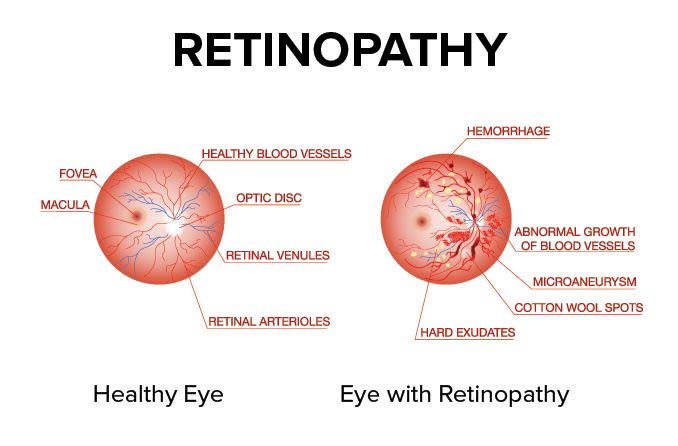
Click on image to enlarge.
Vision loss along the outer edges of your view (peripheral vision)
Vision loss in the center of your view
Complete vision loss in the affected eye(s)
Additional HIV eye problems
Retinopathy is one connection between HIV and the eyes, but HIV can impact other parts of your eyes, too.
Herpes zoster ophthalmicus
The chickenpox virus (varicella-zoster) can reawaken later in life and cause shingles.
When shingles affects the eye, it's known as herpes zoster ophthalmicus. It can cause vision problems, red eyes and other eye symptoms. It can also harm the retina in people who have AIDS.
Eye herpes
The virus that causes cold sores (herpes simplex type 1) can move into the eye and trigger symptoms. This is known as eye herpes.
At the first infection, eye herpes may only cause mild symptoms like bloodshot eyes and discomfort. But it can reactivate throughout life after that, and those cases can be more serious. Each reactivation can lead to long-term cornea damage and scarring.
Eye tumors
An HIV infection can increase the risk of certain cancerous growths on your eye or eyelid. They need to be treated with radiation or other treatments so they don't get worse.
One of these is a Kaposi sarcoma — a tumor that can develop on different parts of your body. It can look like a pink, red or purplish area on your eyelid or your conjunctiva.
This part of your eye is the thin, clear layer that lines the white part of your eye and inner eyelid. It's the area that gets red and irritated when you have conjunctivitis (pink eye) or eye allergies.
Medication side effects and complications
Some HIV medications can cause dry eyes and other eye symptoms during treatment. Some drugs can lead to separate eye conditions.
One of these is a serious condition called immune recovery uveitis. It affects about 1 in 10 people whose immune system improves after CMV retinitis.
Other eye problems related to HIV
People living with HIV are more likely to experience:
Other kinds of cornea inflammation (keratitis)
Inflammation of the colored part of your eye (iritis)
A detached retina (more common with CMV retinitis)
When do eye problems happen during an HIV infection?
Most eye conditions are more likely when someone has fewer helper T cells (also called CD4 cells) in their blood. These are the white blood cells that HIV attacks.
If HIV destroys enough helper T cells (fewer than 200 CD4 cells per milliliter of blood), it is diagnosed as stage 3 HIV, or AIDS.
In the first weeks or months after infection (early-stage HIV), symptoms usually only feel like a bad flu.
In most cases, there aren't any early-stage HIV eye symptoms. The eye problems related to HIV usually happen later, starting around stage 3.
These eye conditions, and other diseases that can affect the eyes, are more common when:
CD4+ count is < 200 (early-stage AIDS):
Microvasculopathy
Kaposi sarcoma
Herpes zoster ophthalmicus
Candidiasis
Lymphoma
CD4+ count is < 100 (later stages of AIDS):
CMV retinitis
Tuberculosis
Pneumocystosis
Mycobacterium-avium complex infection
While these conditions happen more often during these periods, they can occur during other stages, too.
Diagnosis and treatment
When someone is diagnosed with HIV, the goal of treatment is to protect the immune system by keeping HIV levels low. This can prevent their infection from progressing to AIDS.
HIV infections are treated with daily antiretroviral therapy (ART) medicine. You might also see ART referred to as HAART.
ART medications aren't a cure, but they stop HIV from multiplying. This can help your immune system recover from damage caused by the virus.
Unfortunately, people don't always have access to these drugs. They tend to have higher rates of HIV-related eye disease and other medical complications.
Eye problems
ART medicine can lower the amount of HIV in your blood and help prevent severe eye conditions.
The treatment for a specific HIV-related eye problem depends on the condition being treated.
An eye doctor can examine your eyes and, if needed, make a diagnosis during a comprehensive eye exam. They will test your vision and check your eyes for signs of disease, including problems that aren't caused by HIV.
They may also use eye drops to open your pupils wider for a little while. This part of the exam (eye dilation) gives your doctor a more complete view inside your eyes, including your retinas.
Can HIV and AIDS cause blindness?
HIV and AIDS may lead to eye problems that could cause vision loss, especially if the conditions aren't treated. Fortunately, modern HIV medicine has significantly lowered the risk of vision damage.
People are more at risk for vision loss or, in severe cases, blindness, when their HIV infection has progressed to AIDS. This is when the eyes and body are more vulnerable to CMV retinitis and other infections.
Early diagnosis can be a vital part of preventing any damage to your eyesight. Your eye doctor can work with other health care providers to protect your vision.
The importance of routine eye exams
People affected by HIV have never had more treatment options than they have today. The risk of eye disease is much lower now than it used to be.
But eye problems can still happen, even when the levels of HIV in your blood are low. It's very important to schedule routine eye exams with an eye doctor.
Your eye doctor and health care providers will tell you how often you need to have an eye exam. People with HIV need at least one eye exam per year, but people with weaker immune systems may need to have an exam every three or six months.
